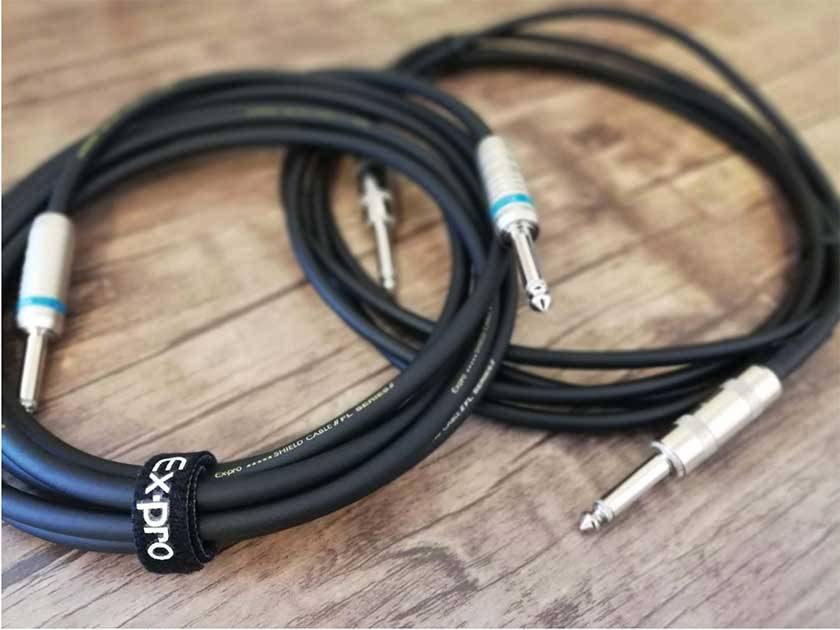
Guitar cables come in a wide variety of types and prices. I’ve been using a Canare GS6 cable paired with a Switchcraft 280 connector, but I recently purchased an Ex-pro FL Series cable and thought I’d do a comparison.
■ How’s the Sound Quality?
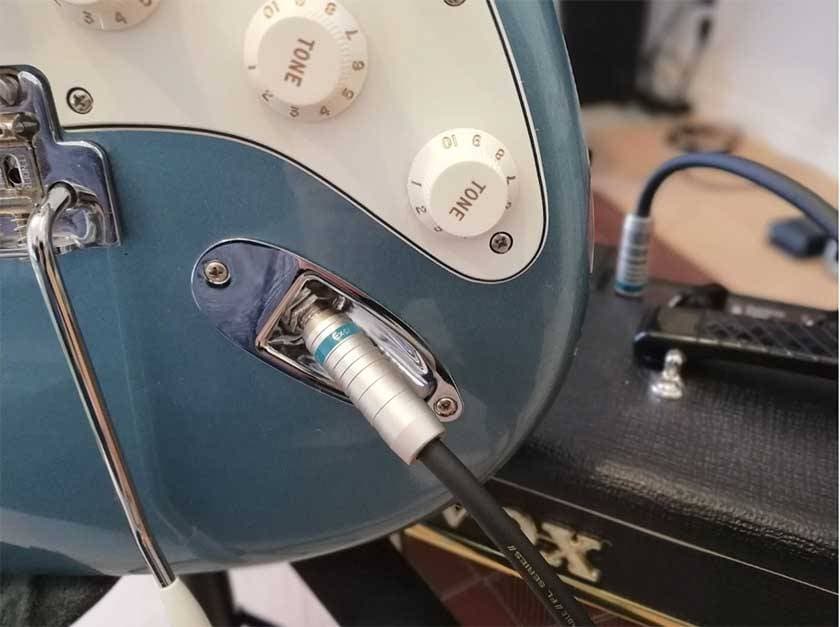
After connecting these cables to an amp and playing the electric guitar, I found I preferred the sound quality of the Ex-pro FL. Compared to the Canare GS6 + Switchcraft 280, the Ex-pro FL seems to deliver a more faithful reproduction of the guitar’s original sound. The Canare GS6 + Switchcraft 280 setup produces a warmer tone, while the Ex-pro FL is very clear without any muddiness.
Since I also use it for music programming with electric guitar sound inputs, the Ex-pro FL’s fidelity to the original sound is handy for later processing. The Ex-pro FL costs about twice as much as the Canare GS6 + Switchcraft 280, so good sound quality is expected.
I purchased the Canare GS6S + Switchcraft 280 as a set product from a vendor on Amazon, but it would likely be cheaper to buy the materials from Sound House and assemble it myself. Sound House’s YouTube channel even has a tutorial on making guitar cables:
Tutorial Video: How to Make Guitar Cables
■ Which Looks Cooler?
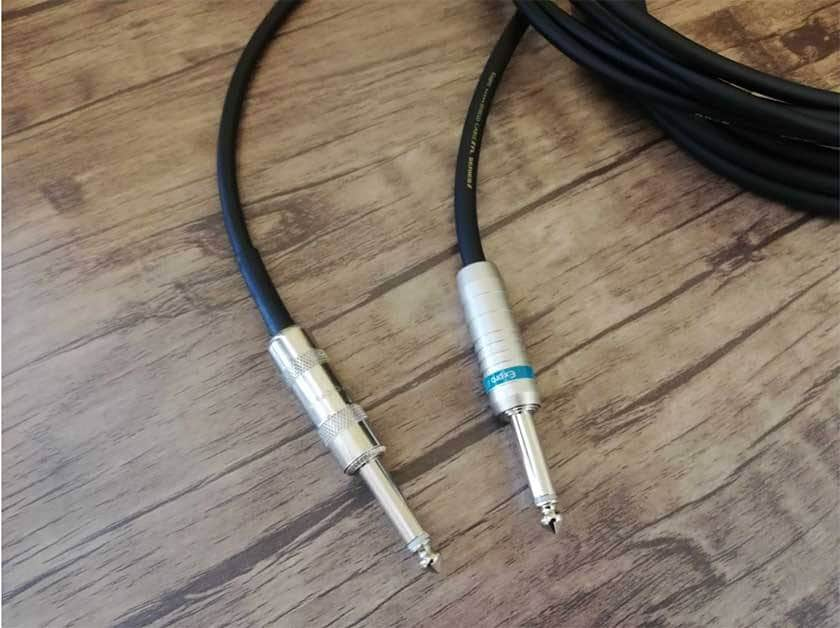
For me, the design really matters. If a cable doesn’t look cool, it’s hard to get excited about playing guitar, so the appearance is important. The Canare GS6S + Switchcraft 280 has a pretty standard look: a black cable with glossy silver connectors, very simple. It doesn’t look cheap, so it’s not bad at all.
On the other hand, the Ex-pro FL has a matte silver connector (with a glossy plug section) on a black cable, featuring a design with rings around the connector that I like. There’s also a light blue stripe that adds a nice touch, and gold lettering on the cable that looks really cool. In terms of looks, I definitely prefer the Ex-pro FL.
Additionally, the Ex-pro FL has a thicker cable, giving it a sturdier appearance. The Ex-pro FL measures 7mm in diameter, while the Canare GS6S measures 6mm—only a 1mm difference, but it creates a noticeably different impression. Both cables are fairly flexible and soft, making them easy to use.
■ Easy to Fit into the Electric Guitar Jack!
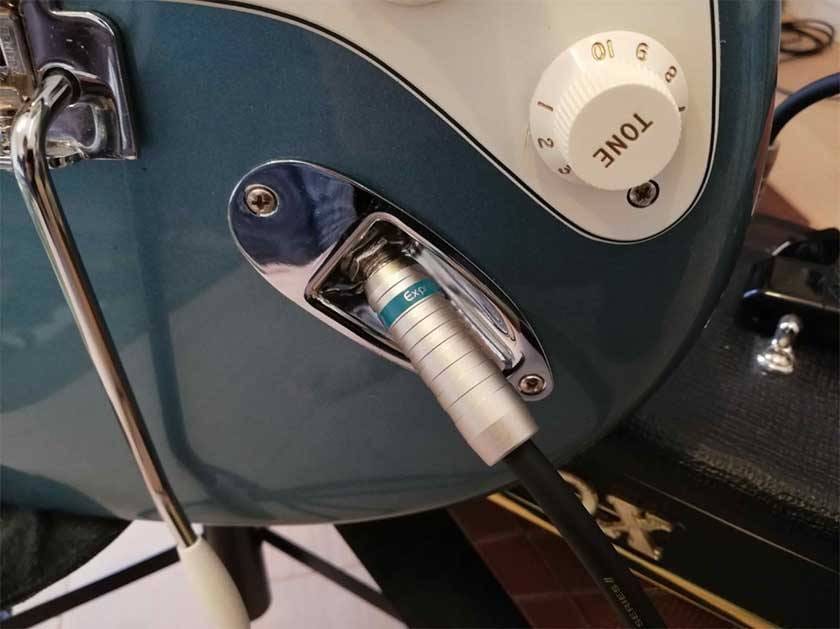
I use a Fender Player Stratocaster HSS, and with the Switchcraft 280 connector, I had to leave the jack’s screw a bit loose for it to fit properly. With the Ex-pro FL, however, it fits just right even with the jack fully tightened. It may seem like a small detail, but honestly, it’s one of the things I appreciate most.
■ Ex-pro FL Maintains High Sound Quality Even with Long Cables
While sound quality at home is my main priority, the Ex-pro FL cable seems to minimize high-end loss even with longer lengths. This quality would likely shine even more on stage, where a longer cable might be needed. It’s definitely a standout feature.
■ Other Ex-pro Guitar Cables
I chose the Ex-pro FL because I wanted a clear sound, but Ex-pro has other guitar cables worth checking out as well.
For those who prefer a deeper, heavier sound, the FA Series is a great option. Compared to the neutral sound of the FL, the FA delivers a strong low-end, thick sound. It’s a bit pricier than the FL, but highly recommended.
If you’re thinking of going all-in on Ex-pro cables, I recommend the FTP-04LL patch cable. It offers high flexibility and durability, with a clear, defined sound.
Ex-pro / OPREX Regular Series 2.0m L/S
If the price of the FL or FA Series feels a bit high, the OPREX Regular Series is a great alternative. It’s more affordable while still providing Ex-pro’s characteristic, honest sound quality.
■ For Those Who Want Pure, Unaltered Sound, Give It a Try!
I’ve introduced the Ex-pro FL here—what do you think? If you’re interested in trying a guitar cable with a different character than Canare’s, I highly recommend giving this one a shot. Please give it a try!
The “sound & person” column is made up of contributions from you.
For details about contributing, click here.





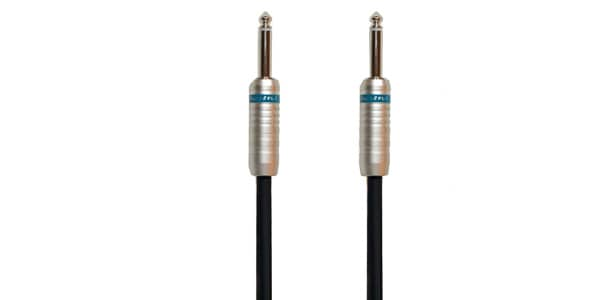
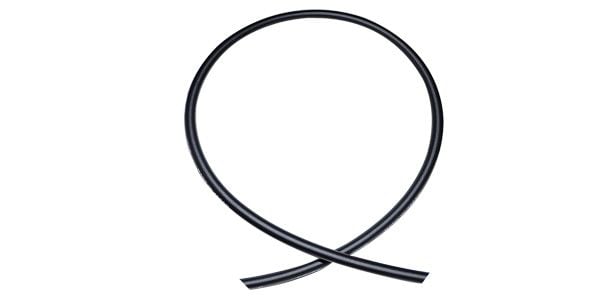
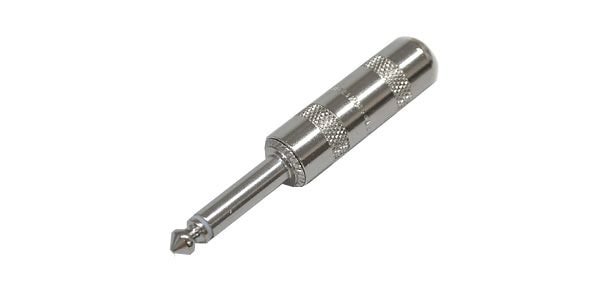
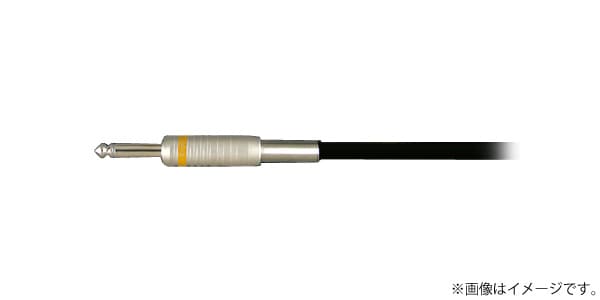
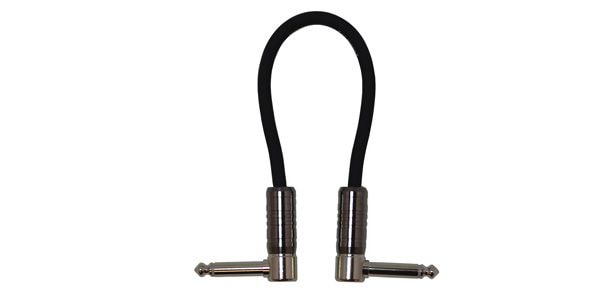
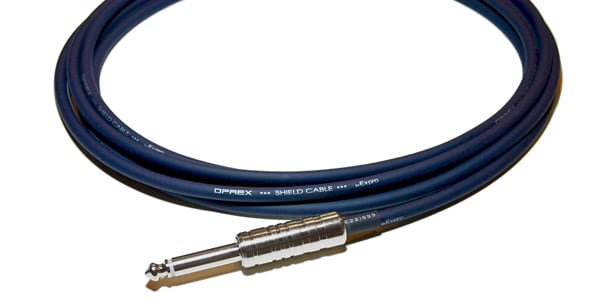


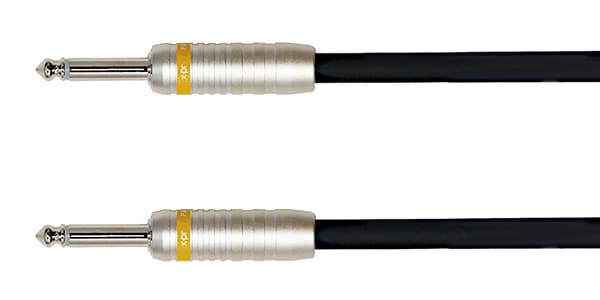









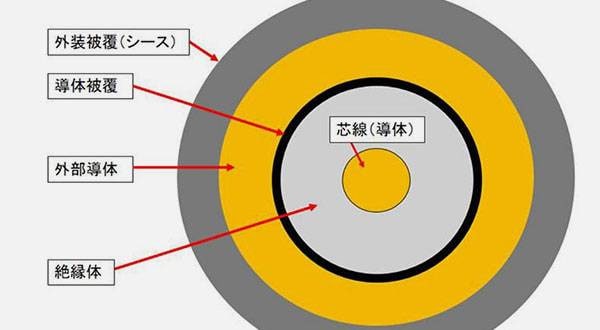

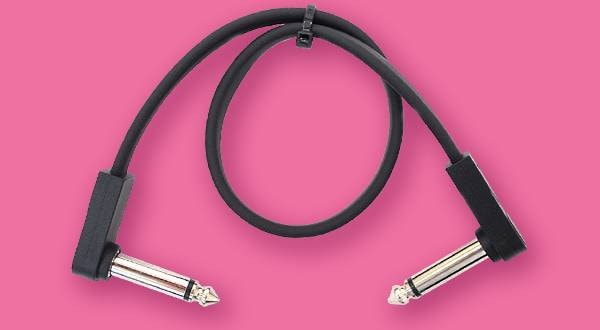

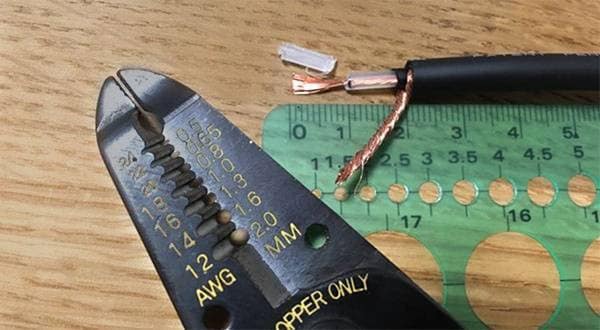
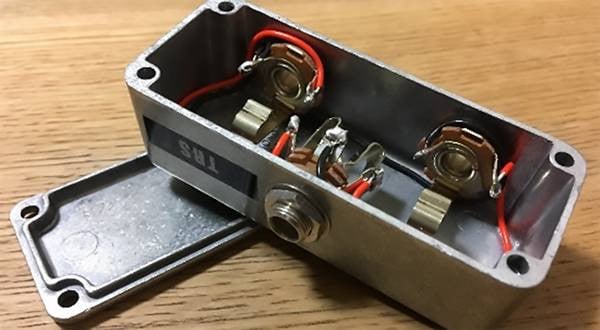
 マイクケーブルの作り方
マイクケーブルの作り方
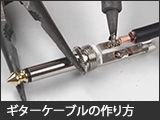 ギターケーブルの作り方
ギターケーブルの作り方
 停電時にパソコン、作曲データを守る!!
停電時にパソコン、作曲データを守る!!
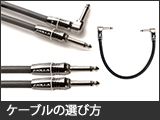 ケーブルの選び方
ケーブルの選び方
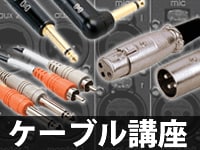 虎の巻 ケーブル講座
虎の巻 ケーブル講座
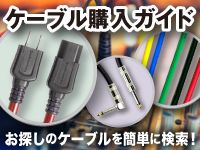 ケーブル購入ガイド
ケーブル購入ガイド















